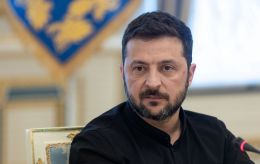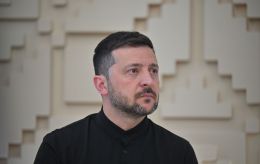Lantskoronsky Palace in Lviv region: Blend of ruins and legends that fascinate visitors
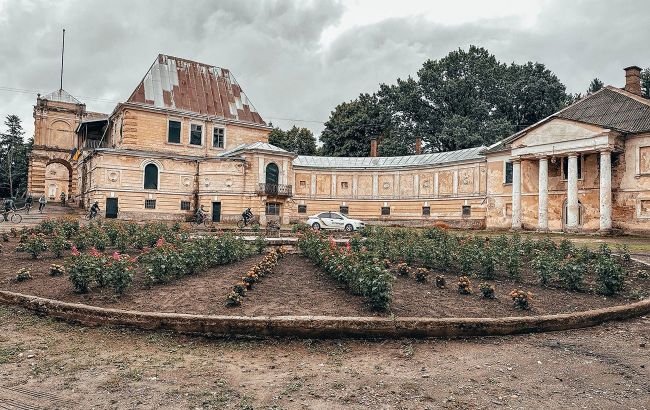 Lantskoronsky Palace (photo: facebook.com/RozdilPalaceProject)
Lantskoronsky Palace (photo: facebook.com/RozdilPalaceProject)
Among the picturesque landscapes of the Lviv region, in the village of Tartakiv, stands the Lantskoronsky Palace, a former aristocratic residence built in the French style. Once, music played here and balls were held, but now the building is shrouded in legends about underground passages and ghosts. Today, the palace is gradually being revived. It becomes a new tourist magnet of Galicia. Here is what is known about this palace and the legends about it.
From castle to palace
As early as the 17th century, a Potocki family castle stood on this site. Stone walls, a surrounding moat, ballrooms, and even a theater stage made Tartakiv famous in the region. However, in the 19th century, the owners decided to give the estate a new life.
Zbigniew Lantskoronsky, a wealthy Polish aristocrat, built a new palace in 1896-1898. He based it on the French Neo-Baroque style. Famous architect Vincent Ravsky Jr worked on the project. It is said that the building was modeled after the luxurious Casino de Paris in Monaco.
Part of the old castle walls was incorporated into the new building. So, the palace combined the defensive strength of the past with the elegance of the late 19th century.
Besides the official name, Lantskoronsky Palace, the building has other names, such as Urbanski Palace or Tartakiv Palace, as well as Francopil. After Zbigniew Lantskoronsky, the last owner of this palace was his niece, Maria Urbanska.
 Lantskoronsky Palace (photo: facebook.com/RozdilPalaceProject)
Lantskoronsky Palace (photo: facebook.com/RozdilPalaceProject)
Architectural gem on sidelines of history
The palace impressed with its balance between grandeur and sophistication. On the facade, one could see a clock tower with the Lantskoronsky family crest, stucco decorations, pilasters, and a wide balcony. Inside were luxurious halls with panels, portraits, and tiled stoves.
Around it spread a park of over 5 hectares with alleys leading to gazebos and flower beds. It was a true cultural center with receptions, artistic evenings, and balls.
However, the 20th century did not spare the estate. In 1914, the palace was looted, and a part of the library and some valuable items disappeared. On the eve of World War II, Antoni Lantskoronsky took the most valuable items to a palace in Vienna. Part of the collection was transferred to the Polish Scientific Library in Krakow.
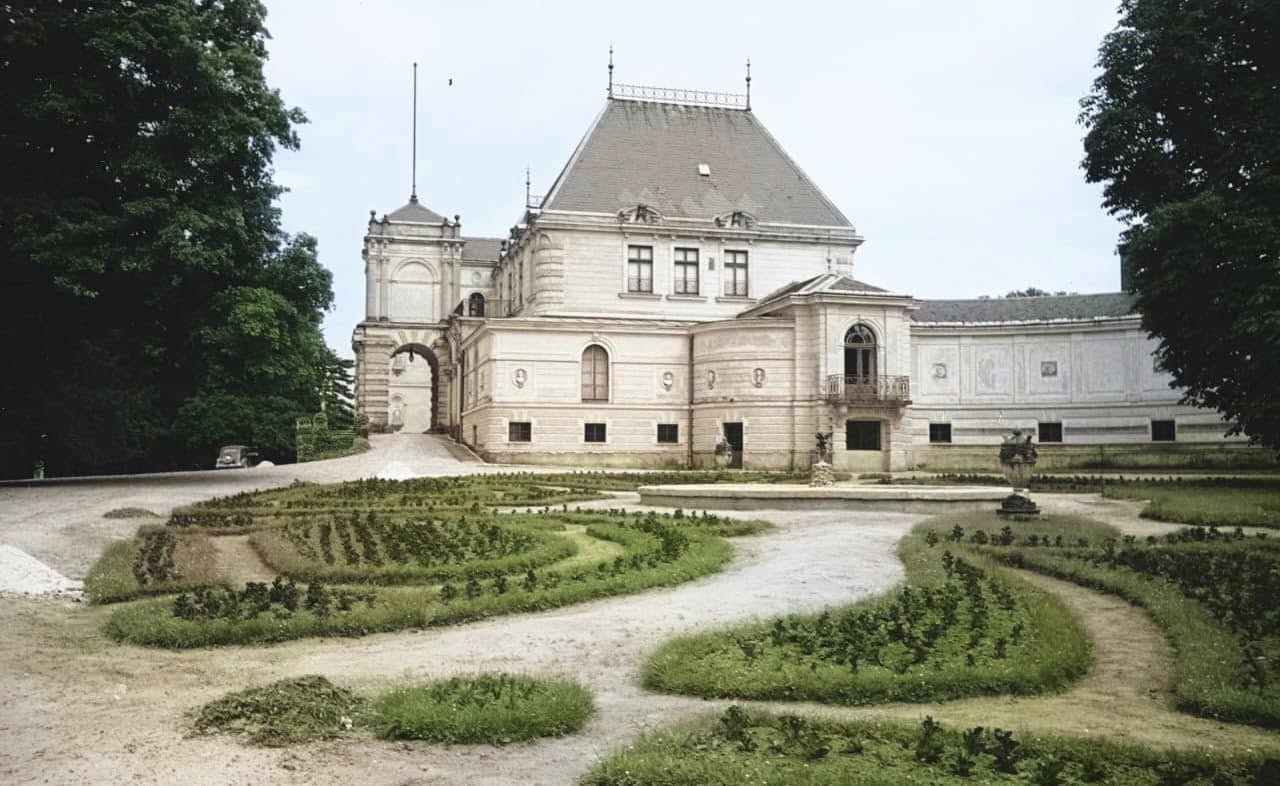 Lantskoronsky Palace (photo: facebook.com/RozdilPalaceProject)
Lantskoronsky Palace (photo: facebook.com/RozdilPalaceProject)
It is worth noting that at that time, the palace housed one of the largest libraries (over 20,000 volumes), some dating back to the 16th century.
After World War II, most valuables were taken outside modern Ukraine. Part of the collection ended up in the Hermitage. The rest was distributed in museums.
Most documents of the Lantskoronsky family are preserved in the Central State Historical Archive in Lviv. Only two antique statues remain in the palace itself.
After the war, the palace housed a school, an orphanage, a sanatorium, and even a prison. The interiors disappeared, the park fell into disrepair, and the palace gradually turned into ruins.
In 1996, the palace suffered heavily from a fire and is now in an emergency state. In 2010, the building was leased to an investor from Volyn, who planned to create a tourist and leisure center there. However, all obligations remained unfulfilled, and the palace continues to deteriorate.
Since 2019, the palace has been cared for by the Sokalschyna community and the Charitable Foundation "Hromada.UA". Annually, the "Tartakiv Fest" festival has been held.
 Lantskoronsky Palace (photo: facebook.com/RozdilPalaceProject)
Lantskoronsky Palace (photo: facebook.com/RozdilPalaceProject)
Legends and ghosts
The Tartakiv palace has many legends dating back to the 17th century. Locals talk about underground passages that supposedly stretched from the castle all the way to Sokal. There are also tales of ghosts still wandering the halls where music and laughter once rang.
Other legends of the palace are connected to… love and trees. During the reconstruction of the palace, Kazimierz Żewuski, who at that time was married to Ludwika Pelagia Potocka, had a romance with Isabella Fleming Czartoryska, who was also married. Isabella supplied exotic trees for the palace greenhouse in Tartakiv.
The beautiful Isabella captured Kazimierz's mind, and he fell deeply in love. In 1787, she gave birth to their child, a girl named Cecile Beidahl. Of course, Kazimierz could not recognize the daughter, and she was sent to be raised by a French family.
During the French Revolution in 1789, Isabella and Kazimierz decided to leave the country and ended up in Poland. Cecile's origin remained a mystery for many years and only came to light in 1809 when she began a romance with Konstancy Adam Czartoryski. The couple even decided to marry, but Isabella had to confess that Cecile and Konstancy were half-siblings.
Cecile struggled to cope with this news and suffered a nervous breakdown. In 1820, after Żewuski's death, she inherited a significant fortune from her biological father and became financially independent. The inheritance allowed her to live for pleasure and engage in art and literature.
The trees planted at the beginning of this romantic story still stand in the park today.
Another legend is about the figure "Putto with a Dolphin." It was found at a scrap metal reception, sold for 24 hryvnias. This work was cast by a teacher of Leonardo da Vinci.
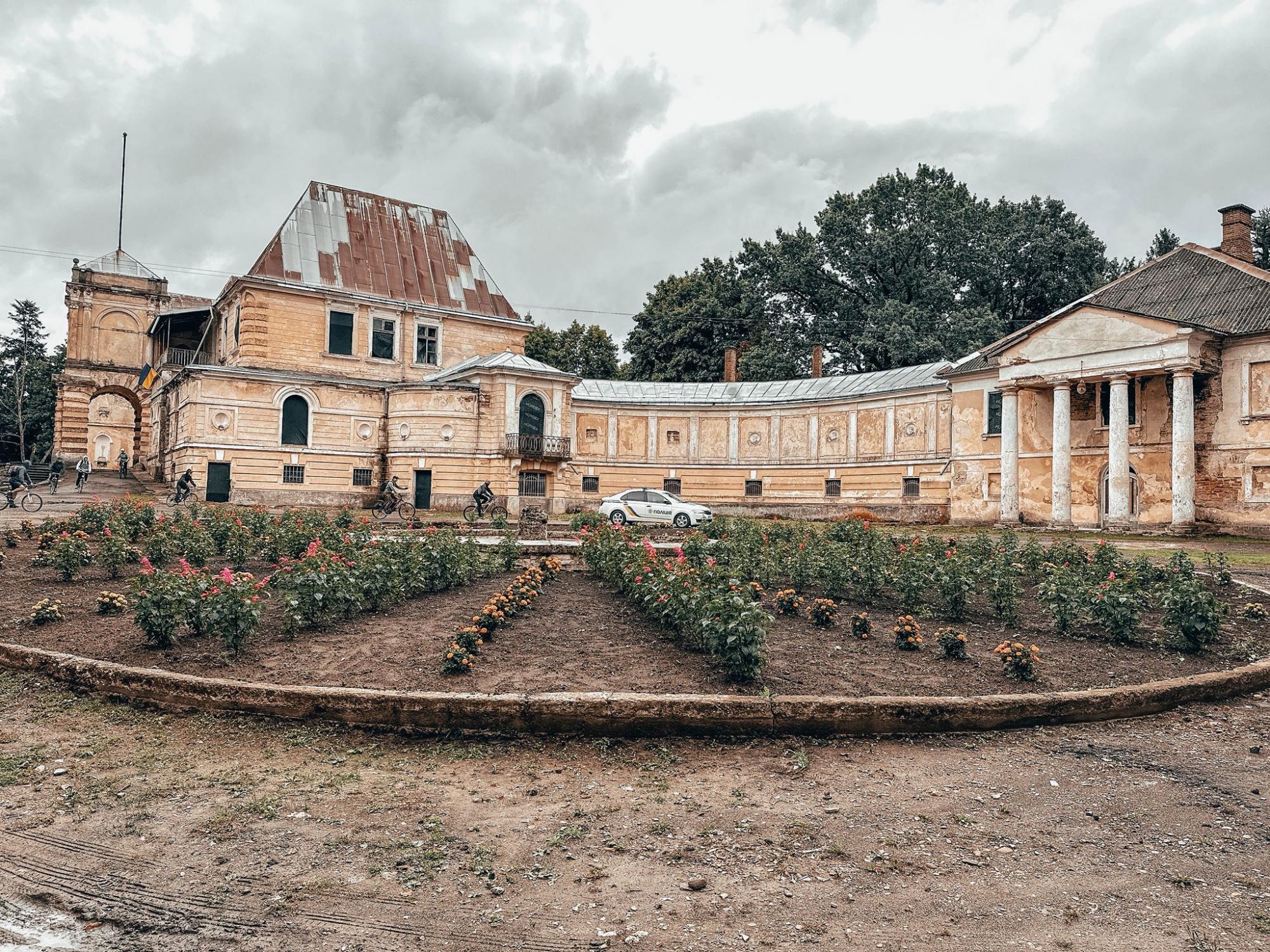 Lantskoronsky Palace (photo: facebook.com/RozdilPalaceProject)
Lantskoronsky Palace (photo: facebook.com/RozdilPalaceProject)
New life among ruins
In recent years, the palace has become a center for volunteer initiatives. The territory is cleaned, the remaining decor is rescued, and festivals and tours are organized. Today, it gradually turns into a cultural site that has every chance to evolve into a new tourist spot in the Lviv region.
How to get there
The village of Tartakiv is located approximately 100 km from Lviv and a few kilometers from Sokal. The most convenient way is by car. However, you can get there by bus or train to Sokal, and then by local transport.
Why it's worth seeing
- It is one of the most striking examples of French Neo-Baroque in Ukraine.
- Here, you can feel the history that combines castle defenses and noble elegance.
- The palace lives thanks to the people who are saving it. It becomes a symbol of cultural heritage revival.
- A trip to Tartakiv is not only a meeting with architecture but also with the spirit of time, unbroken by wars or decay.
You may be interested in:
- Where Ukrainian "Atlantises" disappeared underwater
- What Polish estates and German colonies remaining in Ukraine look like
Sources: Wz.Lviv.ua, Istorychna Pravda, Tic.sokal.lviv.ua, Facebook page "Rozdil Palace," Wikipedia, IGOtoWorld.
